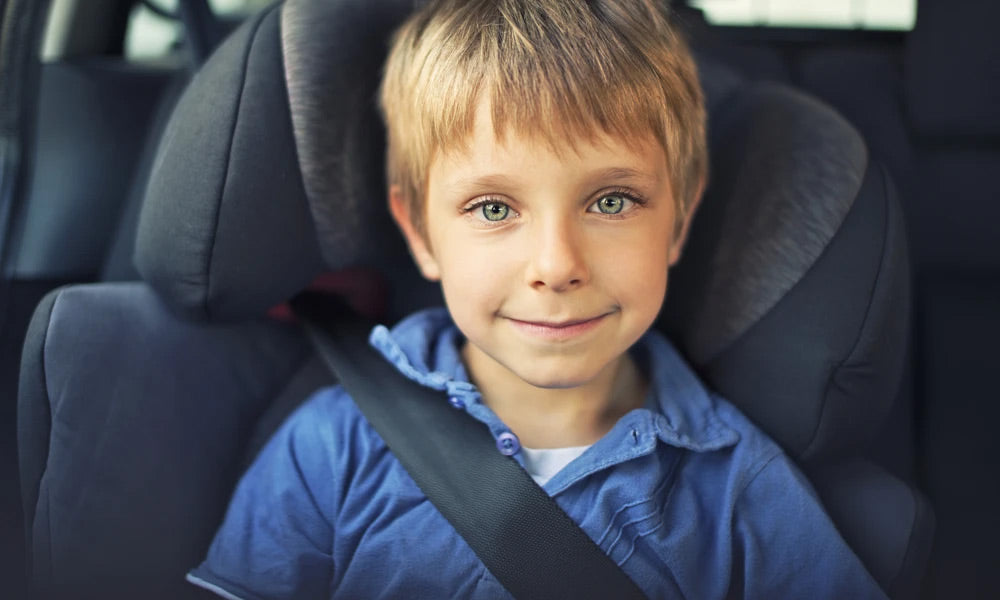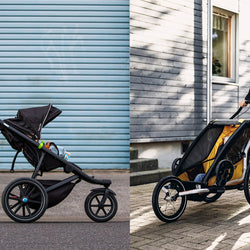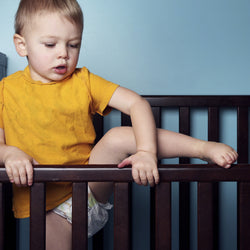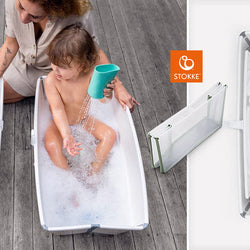How to Know When Your Child is Ready for a Booster Seat
4 Questions to Ask Yourself


by Annie Wiesman
Aug 19, 2021
You may be asking yourself, “is my child ready to graduate from a 5-point harness car seat to a booster seat?”
Car seat experts recommend keeping children in a 5-point harness for as long as possible. My friend Jill, a Child Passenger Safety Technician says,
“In order to be safe in a booster—which relies on three points of restraint from the adult seat belt—the child’s skeleton must be mature enough to handle crash forces spread out over a smaller area, and the child must be mature enough to use the booster properly. For these reasons, experts like to see children max out a 5-point harness before they move to a booster seat.”
Is My Child Ready for a Booster Seat?
Ask yourself these questions:
Article Continues Below Advertisement
- Are your child’s shoulders above the harness when at its top setting?
- Is your child at least 40 pounds?
- Is your child at least 4 years old?
- Is your child mature enough to sit properly in a booster seat at all times?
If you answered yes to all of these questions then your child is ready for a booster seat. If you answered yes to all of these questions then your child is ready for a booster seat.
You may ask why you can’t just put your child in the back seat with a seat belt. The short answer is that a seat belt is designed to fit an adult and just too large to support a child’s smaller developing bone structure.

Article Continues Below Advertisement
How a booster works:
- It raises the child up so that the shoulder strap lies flat across the center of the chest and rests snuggly between the neck and shoulder. The child should be comfortable with the strap across the body and do not move it behind the body so that only the lap belt is utilized. The child should not tuck the seat belt under the arm which may result in injury to the ribs in a collision.
- It is shallow so the child is able to fit with knees bent on the edge of the booster while keeping the back resting against the vehicle seat back or booster seat back without slouching.
- It has guides that keep the seat belt resting flat on the child’s upper thighs rather than moving toward the abdomen. (The hip bones are obviously stronger than the stomach and a belt resting on the stomach could result in serious injury.)
For more helpful booster seat basics see the following diagram from Children’s Health (TX).
Article Continues Below Advertisement
Choosing between a high back or backless booster
Technically speaking, there are no safety statistics comparing high back vs. backless boosters. But putting children into a high back booster first is a good idea because it is reminiscent of a harnessed car seat and helps to remind them to sit properly with the seat belt.
High Back Boosters – come in two types
• Belt Positioning Boosters (BPB) have a high back that goes above a child’s ears to support the base of the skull in an accident. It guides the seat belt to rest in the correct place and they often have a positioning slot in the top for the shoulder strap. Many models have the option to remove the back part and function as a backless as well.
• Combination Seats can be both a forward facing 5-point harness and be converted to a highback booster. (Most do not change to a backless option.)
• Both types provide comfort for a sleeping child.
Backless Boosters
• Convenient, light weight and typically inexpensive.
• Should only be used if the vehicle has high seat backs or head rests. The top of the child’s ears should not be above the seat back. The head needs to be supported by the seat back in a rear collision.
After reading an in-depth article from car seat experts regarding which to choose, the author summarized,
“While there is no harm in suggesting a high back booster for a number of reasons, there could be harm in suggesting that a backless booster is not a safe choice.”
The few studies cited in this article include so many variables that it is difficult to conclude with certainty that one type is safer than the other.
The author goes on to say that when used properly, following the guidelines of the owner’s manual, backless boosters are a safe option. The bottom line is that any properly used booster is safer for a child than simply using a seat belt.
Jill is my go-to expert about all things car seats. I asked her what the usual progression is for her five kids. She typically moves her kids from a 5-point harness to a high back booster at age 6, to a backless booster for convenience (such as carpooling) at around ages 7-9 and full time to a backless at around age 9. (Of course, be sure to reference the weight limits in the owner’s manual.)
As our children grow, it’s sometimes easy to think they are bigger and stronger than they actually are. Don’t be too quick to move your child out of a 5-point harness for convenience sake. Make sure they are big enough and mature enough to handle riding in safely in a booster.
For more booster car seat safety, consider reading this article:
Article Continues Below Advertisement
***
This advice comes from a Baby Earth writer and does not replace referring to your local laws and manufacturer's guidelines.
Annie Wiesman
Annie Wiesman is the co-author of “Education Begins at Birth: A Parent’s Guide to Preparing Infants, Toddlers, and Preschoolers for Kindergarten.” She is a former kindergarten teacher turned stay-at-home mom who enjoys traveling, hiking in the mountains, and creating memories together with her husband and little girl.






